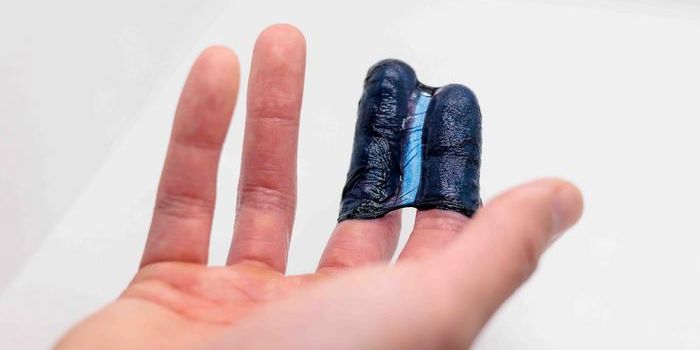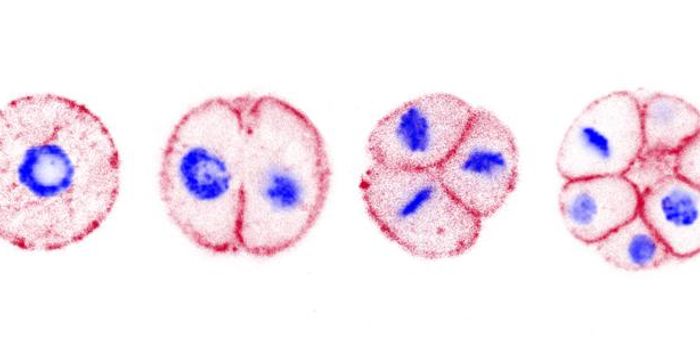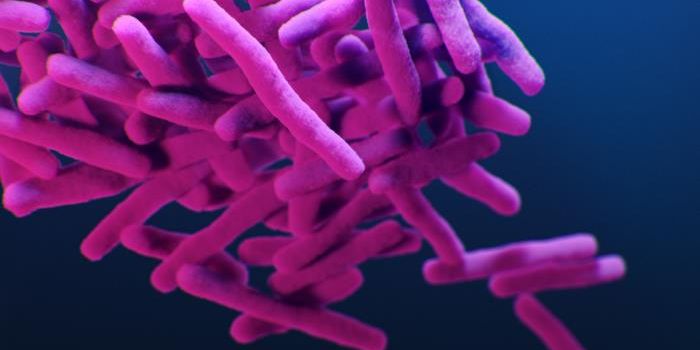Disease-Causing Mutations in Sperm Can Arise During a Man's Lifetime
The human body develops from one fertilized cell, and in some way, all of our cells are derived from that first one. But as those cells develop and multiply, they can pick up genetic mutations. Our bodies have various ways to check for new mutations in DNA and make corrections, or it can decide to kill off cells that are damaged beyond repair. There's also redundancy in the genome, so not every mutation is problematic. The differences in the genomes of various cells in an organism is called mosaicism, and even normal, healthy individuals carry many mutations in various cells by the time they get older.
Women's egg cells were once thought to be mostly present at birth and stay the same throughout her life, but recent work has challenged that idea. We know that in men, sperm is normally continuously produced throughout most of their lifetime. So over time, sperm cells can become highly mosaic. Researchers have now learned more about how to detect and measure mosaicism in sperm cells, and this work may one day help clinicians determine the likelihood that mosaicism could lead to disease in children. The research suggested that one in fifteen men probably has sperm with mutations that could negatively affect their children. It has been reported in Cell.
Previous research has suggested that as men get older, their children are at higher risk for some birth defects and autism spectrum disorder (ASD). This study compared the DNA in older men's sperm to younger men's to assess how mutations were different. The research indicated that the level of mutations did not seem to be different in young versus older men, surprisingly. However, the analysis also revealed that age-related mutations in individual sperm cells are more likely.
Detecting mutations at the single-cell level in a batch of sperm is not typically done with current technology. But in this work, multiple samples were sequenced hundreds of times so that mutations that occurred in only a small number of cells would be identified.
"We found that each ejaculate from a man shows an average of 30 mutations," said co-first study author Xiaoxu Yang, Ph.D., a postdoctoral researcher in the lab of Joseph Gleeson, M.D., Rady Professor of Neuroscience at the University of California San Diego. "Almost all of these were found in serial sampling from a period of six to twelve months, whereas most of the mutations were completely absent from a saliva or blood sample."
The researchers were surprised to find that there were not many differences in the number of mutations in young and old men. They suggested that some mutations happen while a male is still an embryo, but these mutations could remain undetected until that male grows up and has children, noted co-first author Martin Breuss, Ph.D., assistant professor of pediatrics-clinical genetics and metabolism at the University of Colorado School of Medicine.
"We think that these mutations contribute a substantial burden on human health," said Gleeson, "potentially causing 15 percent of ASD cases, congenital heart disease and severe pediatric diseases. But we are hopeful that by identifying men at risk, future cases of disease can be avoided."
Sources: Medical Xpress via University of California San Diego, Cell









